Mastering AEO and AI-Driven SEO
In a world increasingly driven by instant gratification, the way users interact with information is undergoing a profound transformation. Gone are the days when text-based searches were the sole dominion of digital discovery. Today, voice search has emerged as a powerhouse, fundamentally reshaping SEO strategies and pushing businesses to embrace a new paradigm of optimization: Answer Engine Optimization (AEO). As artificial intelligence (AI) continues to advance at an unprecedented pace, voice assistants like Alexa, Siri, and Google Assistant are becoming integral to daily life, from checking the weather to making purchases. This shift isn’t just a trend; it’s a monumental evolution in how consumers find, engage with, and act upon information. Businesses that fail to adapt risk becoming silent in an increasingly vocal digital landscape.
The rise of voice-activated devices signifies a pivot towards more natural, conversational interactions. Users are no longer typing fragmented keywords; they are asking full questions, expecting immediate, accurate, and contextually relevant answers. This demands a strategic re-evaluation of content creation, technical SEO, and user experience. Understanding the nuances of how each major voice assistant operates, powered by sophisticated AI algorithms, is no longer optional—it’s imperative for digital visibility. This comprehensive guide will delve into the intricacies of the voice search phenomenon, dissecting the unique requirements of Alexa, Siri, and Google Assistant, and providing actionable tactics to thrive in this exciting new era of AEO and AI-driven SEO. Prepare to unlock the full potential of your digital presence by speaking directly to your audience.
The Rise of Voice Search: A New Paradigm for Digital Interaction
The proliferation of smart speakers, smartphones, and voice-enabled devices has propelled voice search from a nascent technology to a mainstream phenomenon. Millions of people worldwide now rely on voice assistants for daily tasks, making them a crucial gateway to information and services. This rapid adoption has profound implications for businesses and their digital marketing strategies.
Understanding the Voice Search Phenomenon
Voice search isn’t merely a different input method; it represents a fundamental shift in user behavior and expectation. Instead of typing short, keyword-focused queries, users speak naturally, asking full questions as they would to another human. This conversational nature demands that content be optimized not just for keywords, but for natural language processing and direct answers.
- Convenience: Voice offers a hands-free, eyes-free interaction, ideal for multitasking or when on the go.
- Speed: Getting an immediate spoken answer is often faster than navigating a search results page.
- Natural Interaction: Speaking feels more intuitive and less formal than typing for many users.
- Accessibility: Voice search provides greater accessibility for individuals with disabilities.
The implications for businesses are clear: if your content isn’t optimized for these conversational queries, you risk being completely overlooked by a growing segment of your target audience. It’s no longer just about being found; it’s about being the direct, concise answer.
The Growing Statistics Behind Voice Adoption
The statistics underscore the undeniable momentum of voice search. Forecasts consistently show continued growth, solidifying its place as a critical component of the digital ecosystem.
- Over a quarter of the global online population uses voice search on their mobile devices.
- More than 1 in 3 consumers globally have used a voice assistant to search for information about a brand or product.
- Smart speaker ownership continues to rise, with millions of devices sold annually, embedding voice assistants deeper into homes.
These numbers highlight that ignoring voice search is akin to ignoring mobile optimization a decade ago—a critical mistake that can lead to significant loss of market share and visibility. Businesses must adapt their SEO strategies to align with these evolving consumer habits.
The Shift from SEO to AEO: Answer Engine Optimization Explained
While traditional SEO focuses on ranking web pages in search results, AEO (Answer Engine Optimization) is tailored specifically for voice search. The goal of AEO is to provide the single, most relevant, and concise answer to a user’s spoken query. When a user asks “What’s the best Italian restaurant near me?”, the voice assistant typically provides one definitive answer, not a list of ten.
AEO focuses on:
- Direct Answers: Crafting content that directly answers common questions.
- Conciseness: Providing information quickly and efficiently, often within a short paragraph or even a single sentence.
- Contextual Relevance: Understanding the user’s intent, location, and previous interactions to deliver the most appropriate response.
- Structured Data: Utilizing schema markup to help search engines understand the content and its purpose, making it easier to extract specific answers.
This shift means that the “featured snippet” or “position zero” on Google’s search results page becomes the holy grail for voice search. Voice assistants frequently pull their answers directly from these snippets, making them the primary target for AEO efforts.
The AI Powering Voice Search: Google Assistant, Siri, and Alexa
The intelligence behind voice assistants is rooted in sophisticated AI and machine learning algorithms. These technologies enable devices to understand natural language, process complex queries, and deliver relevant responses, constantly learning and improving over time. Understanding this underlying AI is key to effective voice search optimization.
How AI Powers Natural Language Understanding (NLU)
At the core of every voice assistant is Natural Language Understanding (NLU), a branch of AI that allows machines to comprehend human language. NLU doesn’t just recognize words; it interprets meaning, context, intent, and even nuances like sarcasm.
- Speech Recognition: Converting spoken words into text.
- Semantic Analysis: Understanding the meaning of words and phrases.
- Intent Recognition: Identifying what the user is trying to achieve with their query (e.g., “find,” “buy,” “learn”).
- Contextual Awareness: Remembering previous interactions or considering the user’s location and preferences.
This advanced AI allows voice assistants to move beyond simple commands and engage in more complex, multi-turn conversations, mirroring human interaction more closely. For SEO professionals, this means focusing on the intent behind a query, not just the keywords themselves.
Google Assistant: Leveraging the Power of Google’s Knowledge Graph
Google Assistant is deeply integrated with Google’s vast ecosystem of information, including its search engine, Maps, and the Knowledge Graph. This robust data foundation makes it incredibly powerful for informational and local queries.
- Knowledge Graph Integration: Google Assistant pulls answers directly from the Knowledge Graph, which is Google’s massive repository of interconnected facts about people, places, and things. Optimizing for the Knowledge Graph involves ensuring your business information is accurate, consistent, and structured.
- Featured Snippets: Google Assistant heavily relies on featured snippets (Position 0) for direct answers. Businesses should strive to create content that concisely answers common questions, making it prime for snippet selection.
- Local SEO Dominance: For “near me” searches, Google Assistant leverages Google My Business profiles. A fully optimized GMB profile with accurate hours, address, phone number, and reviews is paramount for local voice search.
- Schema Markup: Google is a strong advocate for structured data. Implementing schema types like
LocalBusiness,FAQPage,HowTo, andProductcan significantly boost your chances of being featured in voice search results.
Actionable Tip: Regularly update your Google My Business profile with accurate information and encourage customer reviews. Ensure your website content answers common questions concisely, specifically targeting featured snippet opportunities.

Source: appleinsider.com
Siri: Apple’s Voice Assistant and iOS Integration
Siri, Apple’s intelligent assistant, is deeply embedded within the iOS ecosystem, including iPhones, iPads, Apple Watch, and HomePod. Its optimization strategies often revolve around Apple-specific services and app integration.
- Apple Maps Integration: Similar to Google Assistant’s reliance on Google Maps, Siri leverages Apple Maps for local searches. Ensuring your business information is accurate and consistent across Apple Maps and other local directories is crucial.
- App Integration (SiriKit): Developers can use SiriKit to integrate their apps with Siri, allowing users to perform actions within an app using voice commands (e.g., “Siri, order a pizza from [app name]”). Businesses with iOS apps should explore SiriKit integration.
- Web Search (Safari/Bing): While Siri often provides direct answers, for web search queries, it typically defaults to Safari and primarily uses Bing as its underlying search engine. Therefore, traditional SEO for Bing remains relevant, though Google’s dominance usually means Google-centric SEO covers much of the ground.
- Contextual Awareness: Siri excels at understanding personal context, such as calendar events, contacts, and reminders. Content that supports these personal contexts can gain an advantage.
Actionable Tip: Verify and optimize your business listing on Apple Maps. If you have an iOS app, investigate SiriKit for seamless voice command integration to enhance user experience.
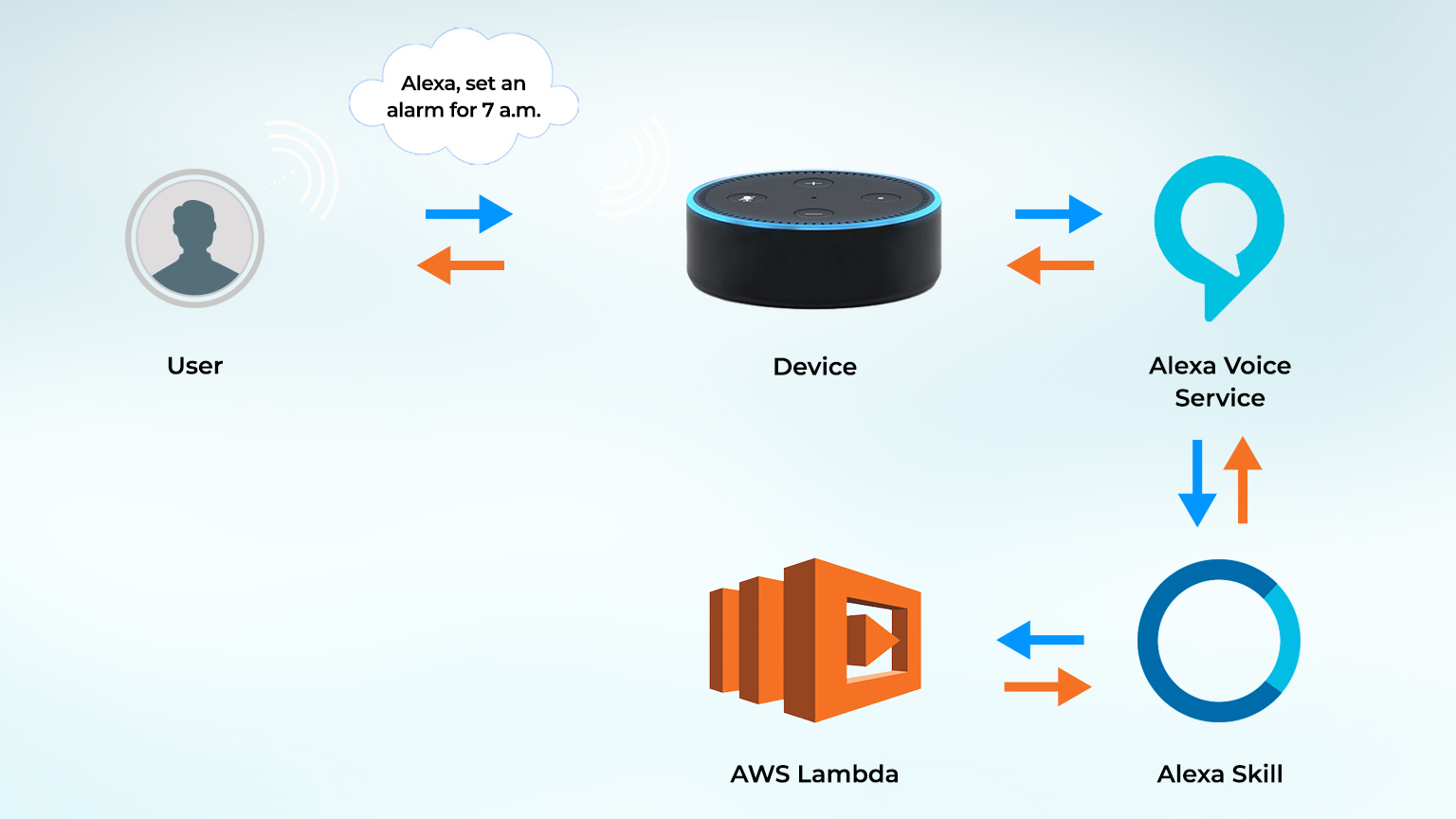
Source: www.beyondkey.com
Alexa: Amazon’s AI for E-commerce and Skills
Alexa, powered by Amazon’s AI, is most prominently found in Amazon Echo devices but also integrates with a wide range of third-party smart home gadgets. Its strength lies in e-commerce, smart home control, and its extensive “Skills” ecosystem.
- E-commerce Focus: For product-related searches, Alexa naturally leans towards Amazon’s vast product catalog. Optimizing product listings on Amazon (A+ Content, reviews, clear product descriptions with keywords) is paramount for Alexa-driven shopping queries.
- Alexa Skills: Skills are like apps for Alexa. Businesses can develop custom skills to provide unique voice experiences, answer specific questions, or facilitate transactions. This offers a direct channel to engage with users via voice.
- Flash Briefings: Businesses can create flash briefings—short audio updates—to deliver daily news or content directly to users who opt-in. This is an excellent content marketing strategy for brand visibility.
- Voice Shopping: Alexa enables direct voice purchasing from Amazon. Ensuring your products are discoverable and have compelling descriptions can lead to voice-activated sales.
Actionable Tip: If you sell on Amazon, meticulously optimize your product pages. Explore developing an Alexa Skill or Flash Briefing to provide valuable content or services directly to your audience.
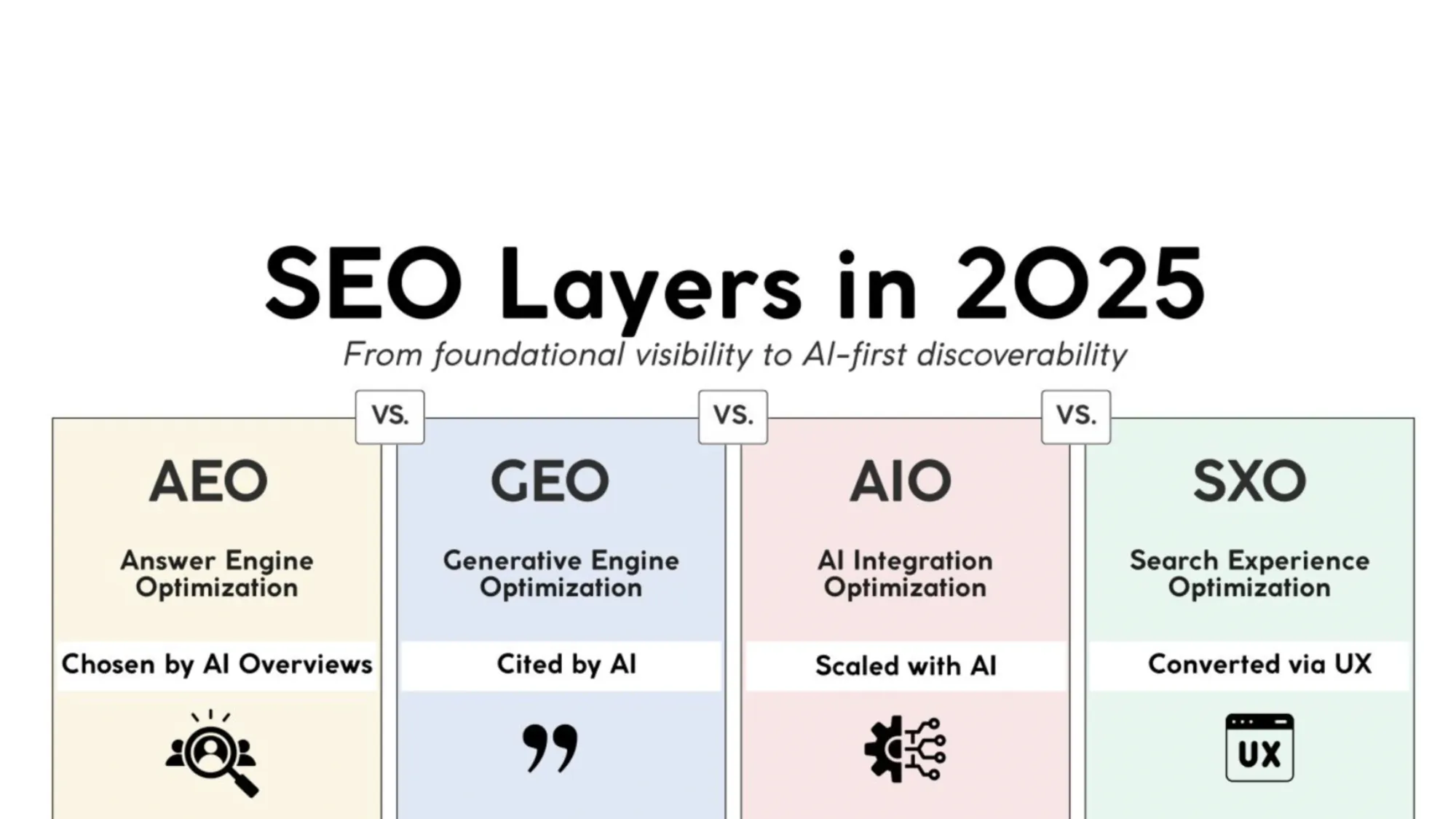
Source: ppc.land
Foundational Voice Search Optimization Tactics (AEO)
Regardless of the specific voice assistant, a set of foundational optimization tactics forms the bedrock of a successful AEO strategy. These strategies bridge traditional SEO with the unique demands of voice search, ensuring your content is discoverable and answerable.
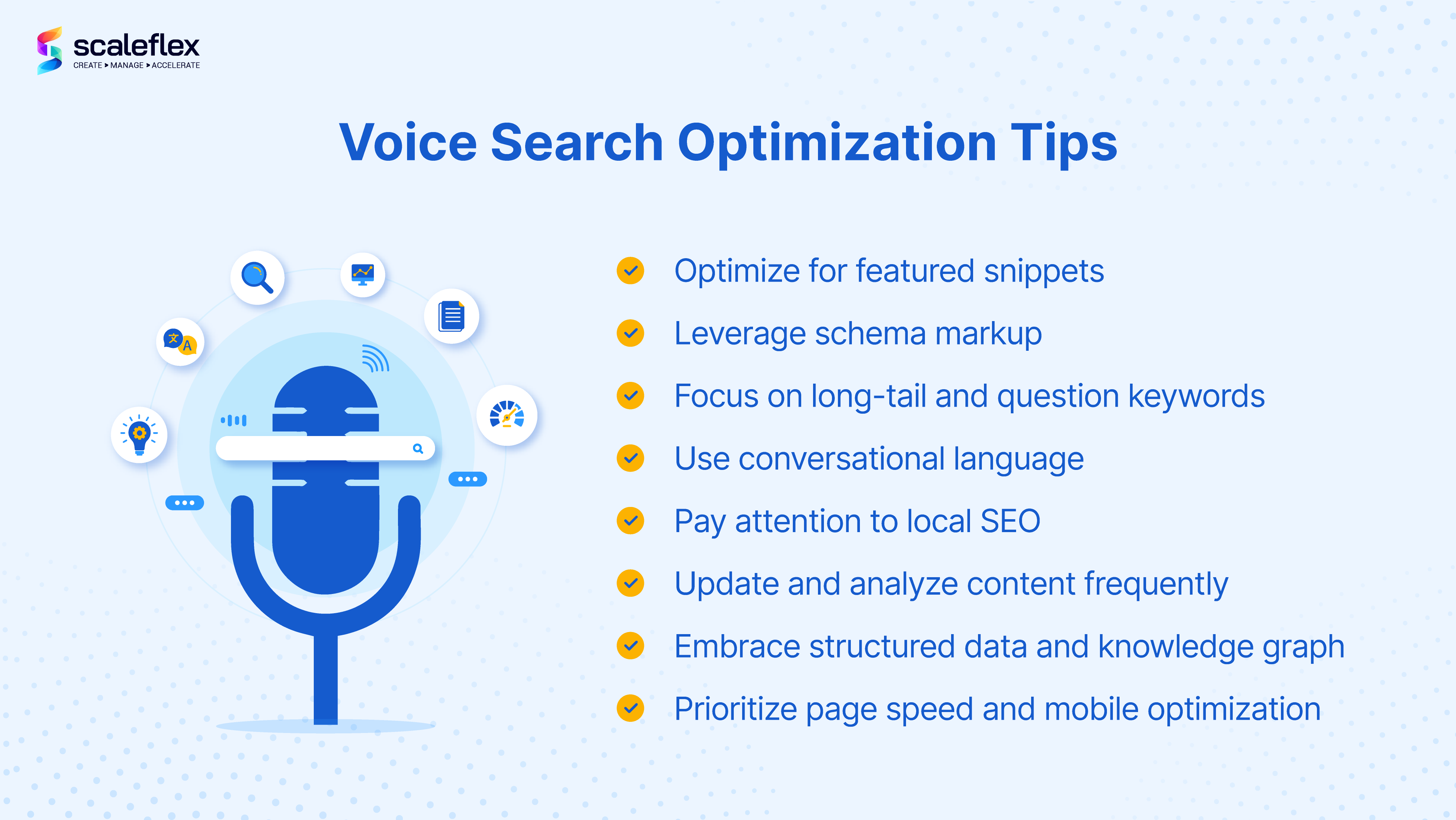
Source: blog.scaleflex.com
1. Embrace Conversational Language and Long-Tail Keywords
Voice queries are inherently conversational. Users ask full questions, not fragmented keywords. This means your content must reflect natural human speech patterns.
- Q&A Format: Structure your content to directly answer common questions your target audience might ask. Use actual questions as H2 or H3 headings.
- Long-Tail Keywords: Focus on longer, more specific keyword phrases that mirror how people speak. For example, instead of “pizza,” optimize for “where can I find the best Neapolitan pizza near me that delivers?”
- Natural Language Processing (NLP): Write naturally. Avoid keyword stuffing. The AI behind voice assistants is sophisticated enough to understand context and synonyms.
Key Takeaway: Think like a human, not a search engine algorithm, when crafting content for voice.
Source: www.linkedin.com
2. Optimize for Featured Snippets and Position Zero
The holy grail of voice search is the featured snippet, often referred to as “Position Zero.” When a user asks a question, voice assistants frequently pull their answer directly from this highly visible section of Google’s search results.
- Concise Answers: Provide clear, concise answers to common questions within your content, ideally in a paragraph of 40-60 words or a bulleted list.
- Structured Content: Use headings, subheadings, bullet points, and numbered lists to make your content scannable and easy for search engines to understand and extract information.
- Target “What,” “When,” “Where,” “Who,” “Why,” and “How” Questions: These question formats are prime candidates for featured snippets.
- Define Terms: Create content that defines industry terms or concepts clearly and succinctly.
Internal Link Suggestion: For deeper insights into crafting content for featured snippets, check out our guide on Mastering Google’s Featured Snippets: Your Guide to Position Zero.
Source: www.facebook.com
3. Prioritize Local SEO and “Near Me” Searches
A significant portion of voice search queries has local intent, such as “coffee shops near me” or “best plumber in [city].” Local SEO is therefore paramount for AEO.
- Google My Business (GMB): Ensure your GMB profile is 100% complete, accurate, and regularly updated. Include your business name, address, phone number (NAP), hours of operation, services, photos, and categories.
- Local Citations: Maintain consistent NAP information across all online directories (Yelp, Yellow Pages, etc.). Inconsistencies can confuse voice assistants.
- Local Keywords: Integrate local keywords into your website content and GMB profile.
- Reviews: Encourage customers to leave reviews on Google, Yelp, and other relevant platforms. Positive reviews boost local search rankings and credibility.
Case Study Example: A local bakery, “The Daily Crumb,” optimized its GMB profile with specific terms like “artisan sourdough,” “vegan pastries,” and “fresh coffee.” They also encouraged reviews. When customers asked Google Assistant, “Where can I find a bakery with vegan options near me?”, The Daily Crumb consistently appeared as a top result, significantly increasing their foot traffic.
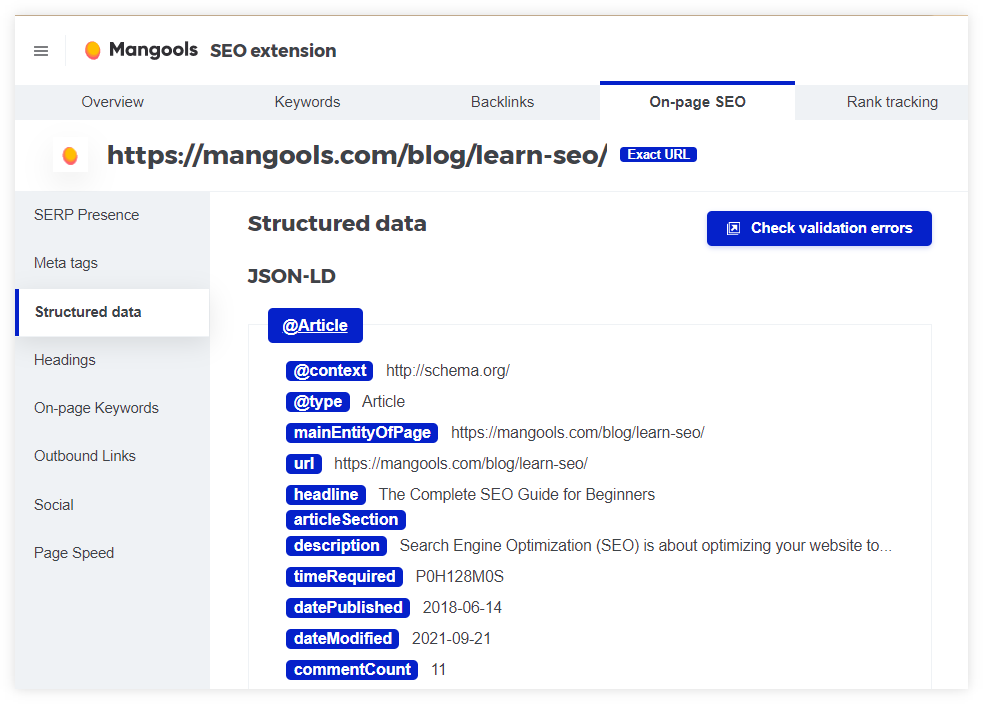
Source: mangools.com
4. Implement Schema Markup (Structured Data)
Schema markup is a form of microdata that helps search engines understand the context and meaning of your content. This is incredibly valuable for AI-driven voice assistants seeking direct answers.
- FAQPage Schema: Use
FAQPageschema for pages with frequently asked questions and their answers. This directly feeds into voice assistants looking for Q&A content. - LocalBusiness Schema: Provide detailed information about your business, including location, contact details, opening hours, and services.
- Product Schema: For e-commerce sites,
Productschema can provide product details, reviews, and pricing, enhancing discoverability for voice shopping. - HowTo Schema: If your content offers step-by-step instructions,
HowToschema can make it easily digestible for voice responses. - Review/AggregateRating Schema: Helps voice assistants understand the sentiment and ratings of your products or services.
External Link Suggestion: Learn more about implementing structured data directly from Google’s official documentation: developers.google.com/search/docs/appearance/structured-data/intro-structured-data.
![]()
Source: www.vecteezy.com
5. Optimize for Page Speed and Mobile-Friendliness
Voice search users expect immediate answers. A slow-loading website will deter both users and search engine crawlers, negatively impacting your AEO efforts. Mobile-friendliness is also crucial, as many voice searches originate from mobile devices.
- Fast Loading Times: Compress images, leverage browser caching, minimize CSS/JavaScript, and use a reliable hosting provider. Aim for page load times under 2-3 seconds.
- Responsive Design: Ensure your website adapts seamlessly to all screen sizes, providing an optimal user experience on smartphones, tablets, and desktops.
- Core Web Vitals: Pay attention to Google’s Core Web Vitals (Largest Contentful Paint, First Input Delay, Cumulative Layout Shift) as they are crucial ranking factors and impact user experience.
Recommendation: Utilize tools like Google PageSpeed Insights to identify and rectify performance bottlenecks.
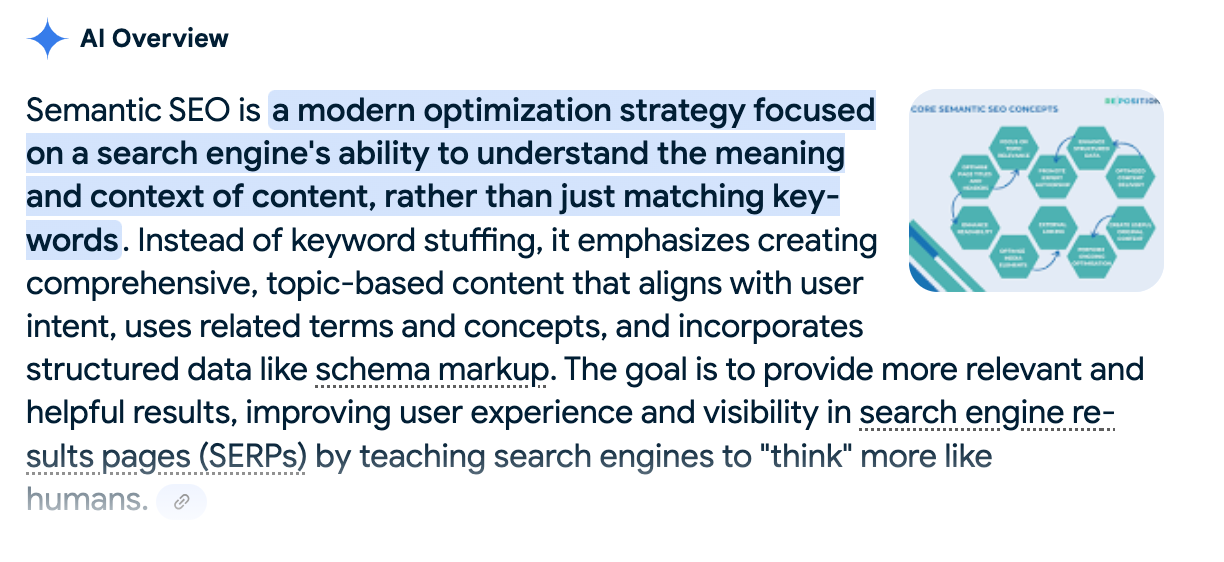
Source: www.link-assistant.com
6. Create Comprehensive and Authoritative Content
While conciseness is key for direct answers, comprehensive, in-depth content builds authority and signals to search engines that you are a definitive source of information.
- Topic Clusters: Develop comprehensive topic clusters around core subjects, with a pillar page covering the broad topic and supporting cluster pages delving into specific sub-topics. This demonstrates expertise and semantic relevance.
- Evergreen Content: Create content that remains relevant over time, providing lasting value and continued opportunities for voice search visibility.
- Expert Authorship: If possible, include author bios that highlight expertise, especially for medical, financial, or other YMYL (Your Money Your Life) topics, as E-E-A-T (Experience, Expertise, Authoritativeness, Trustworthiness) is critical for Google.
Quotable Statement: “In the age of voice search, authority isn’t just about what you know, but how effectively you communicate it in an instantly digestible format.”

Source: cognitiveseo.com
Advanced Voice Search Tactics for Competitive Advantage
Beyond the foundational elements, several advanced tactics can provide a competitive edge in the crowded voice search landscape. These strategies delve deeper into user intent, predictive AI, and specialized content formats.
Source: www.leewayhertz.com
1. Predictive AI and User Intent Mapping
The future of voice search lies in predictive AI, where assistants anticipate user needs before they’re explicitly stated. Businesses can align with this by deeply understanding user intent.
- Journey Mapping: Map out the customer journey and identify potential questions or needs at each stage. Create content that preemptively addresses these.
- Contextual Understanding: Consider the user’s likely context (e.g., driving, cooking, exercising) when they might use voice search and tailor content accordingly.
- “Micro-Moments”: Optimize for “I want to know,” “I want to go,” “I want to do,” and “I want to buy” micro-moments. These are critical touchpoints where users turn to their devices with immediate intent.
Example: A recipe blog might optimize for “how to cook chicken breast quickly” (I want to do) or “easy weeknight dinner ideas” (I want to know).
Source: www.facebook.com
2. Voice Search Analytics and Monitoring
Traditional SEO analytics tools are evolving to provide insights into voice search behavior. Monitoring these metrics is crucial for refining your AEO strategy.
- Google Search Console: Analyze your “Performance” report for long-tail query data, including questions. Look for queries with high impressions but low click-through rates, indicating potential for featured snippet optimization.
- Voice Search Specific Tools: While dedicated voice analytics tools are still emerging, some AI-powered content optimization platforms offer insights into how content performs for direct answers.
- Website Log Files: Dive into server log files to uncover unique query patterns that might indicate voice search behavior.
Actionable Insight: Regularly review your Search Console data for question-based queries that your site already ranks for. These are low-hanging fruit for optimizing for featured snippets and improving voice search visibility.
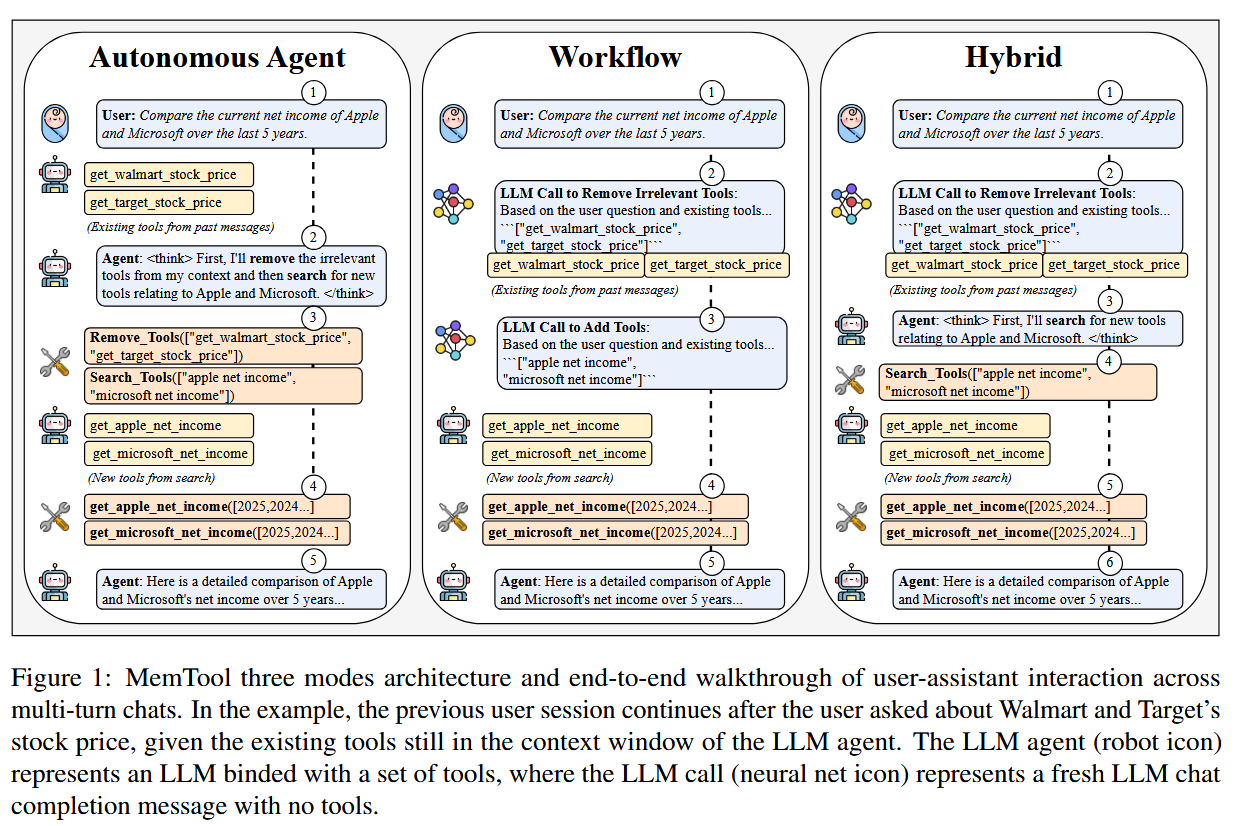
Source: www.llmwatch.com
3. Optimizing for Multi-Turn Conversations
As AI improves, voice assistants can handle more complex, multi-turn conversations, remembering context from previous interactions.
- Follow-Up Questions: Design content that anticipates follow-up questions. If you answer “What is AEO?”, immediately consider what a user might ask next, such as “How do I implement AEO?”
- Clear Information Hierarchy: Present information in a logical, step-by-step manner that allows users to easily navigate deeper into a topic with subsequent questions.
- Persona Development: Develop detailed user personas that include their typical questions, pain points, and natural language patterns.
Transition Statement: Understanding how users interact in a conversational flow is crucial, but equally important is ensuring your overall content strategy supports these interactions.
4. Audio Content and Podcasts
While many voice search results are text-to-speech, original audio content offers a unique opportunity to engage users directly through voice assistants.
- Podcasts: Create podcasts or audio articles that provide valuable content. Users can subscribe and listen through smart speakers.
- Flash Briefings (Alexa): As mentioned, short, daily audio updates can build a loyal audience and maintain brand presence.
- Optimizing Audio Transcripts: Ensure all audio content is transcribed and optimized for keywords, aiding search engines in understanding the content and making it discoverable.
Internal Link Suggestion: Discover how to effectively leverage audio content in your broader digital marketing strategy with our article on The Power of Podcasting for Business Growth.
5. Leverage Zero-Click Content
Many voice search queries result in “zero-click” interactions, where the user gets their answer directly from the voice assistant without ever visiting a website. While this might seem counterintuitive for traffic, it’s a direct win for AEO.
- Prioritize Direct Answers: Focus on being the best direct answer for common questions. While it may not generate a click, it builds brand authority, trust, and top-of-mind awareness.
- Brand Awareness: Being the voice that answers a user’s question establishes your brand as an authority, potentially leading to future direct engagement or purchases.
- Indirect Benefits: Increased brand recognition from voice answers can lead to direct website visits or social media engagement later.
Consideration: While zero-click might not drive immediate traffic, it drives immediate answers and positions your brand as a helpful, authoritative source. This is a critical metric for AEO.
Future Trends and The Evolving Landscape of Voice Search
The evolution of voice search is continuous, driven by rapid advancements in AI and machine learning. Staying ahead of these trends is crucial for maintaining a competitive edge.
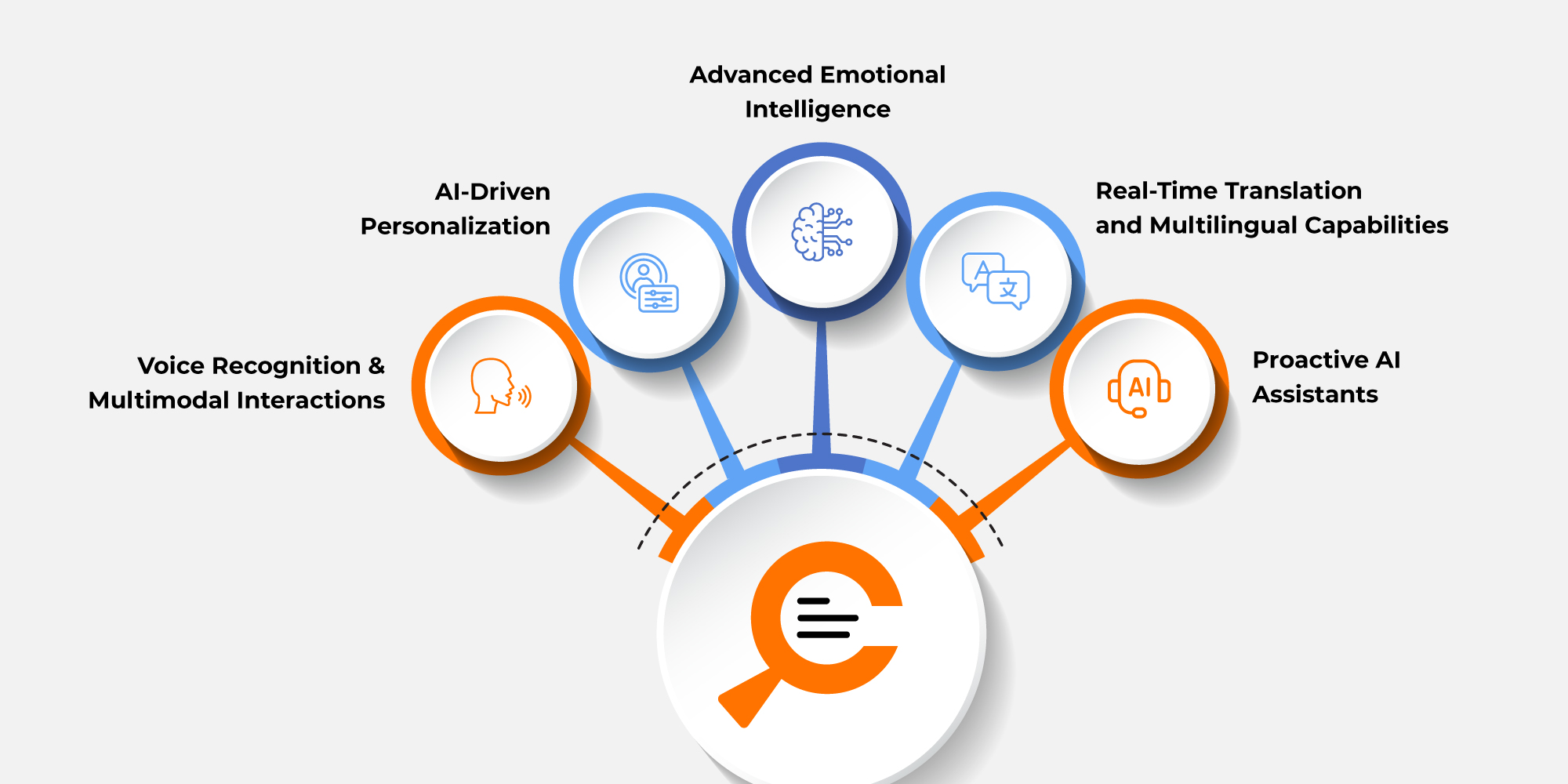
Source: www.searchunify.com
Conversational AI and Advanced Personalization
The future promises even more sophisticated conversational AI that can engage in highly personalized, multi-domain dialogues.
- Proactive Assistance: Voice assistants will become more proactive, anticipating needs based on routines, context, and past behavior (e.g., “It looks like you’re leaving for work, traffic is heavy today, would you like me to suggest an alternate route and start your favorite podcast?”).
- Personalized Responses: Answers will be tailored not just to the query, but to the individual user’s preferences, history, and even emotional state.
- Emotional Intelligence: Future AI might recognize and respond to human emotions, making interactions even more natural and empathetic.
For marketers, this means an even greater emphasis on understanding the individual customer journey and creating highly specific, persona-driven content.

Source: www.techmagic.co
Voice Biometrics for Security and Transactions
Voice biometrics, the unique characteristics of an individual’s voice, are being explored for enhanced security and seamless transactions.
- Secure Purchases: Imagine authorizing a purchase with a simple voice command, verified by your unique voice print.
- Personalized Access: Voice biometrics could unlock devices or access sensitive information, reducing the need for passwords.
This trend could revolutionize e-commerce and personal data management, making voice a central hub for secure digital interactions.

Source: www.weforum.org
The Metaverse and Immersive Voice Experiences
As concepts like the metaverse gain traction, voice search and AI will play a critical role in navigating and interacting within these immersive virtual environments.
- Voice-Controlled Navigation: Users could explore virtual worlds, interact with objects, and communicate with other avatars using natural voice commands.
- AI-Powered Avatars: Non-player characters or virtual assistants within the metaverse could be powered by advanced AI, offering dynamic and context-aware voice interactions.
Businesses looking to establish a presence in future virtual spaces will need to consider voice as a primary interface for user engagement.

Source: pidora.ca
Ethical AI and Trust in Voice Assistants
As AI becomes more pervasive, ethical considerations surrounding data privacy, bias, and transparency will become increasingly important.
- Transparency: Users will demand to know how their data is being used and how AI decisions are made.
- Bias Mitigation: Developers and content creators must actively work to eliminate biases in AI algorithms and content to ensure fair and equitable results for all users.
- Trust: Building user trust in AI-powered assistants will be paramount for widespread adoption and continued reliance.
Ethical Consideration: “As AI evolves, the responsibility to create fair, transparent, and user-centric voice experiences rests on the shoulders of developers and content creators alike.”
Implementing Your Voice Search Strategy: A Step-by-Step Guide
Transitioning to an AEO mindset requires a structured approach. Here’s a practical guide to kickstart and refine your voice search optimization efforts.

Source: www.salesforce.com
Step 1: Conduct Comprehensive Voice Keyword Research
Move beyond traditional keyword research. Focus on question-based queries and conversational language.
- Identify User Intent: What problems are your customers trying to solve? What questions do they ask orally?
- Use Question Keywords: Employ tools like AnswerThePublic, AlsoAsked.com, and Google’s “People Also Ask” section to discover common questions.
- Analyze Your Own Data: Look at Google Search Console for long-tail, question-based queries your site already ranks for.
- Listen to Your Customers: Customer service interactions, sales calls, and FAQs are goldmines for understanding how people naturally phrase questions.
Source: www.linkedin.com
Step 2: Optimize Your Content for Direct Answers
Restructure existing content and create new content with AEO principles in mind.
- Q&A Format: Dedicate sections to answering specific questions concisely, ideally within a 40-60 word paragraph, followed by more detail.
- Schema Markup Implementation: Prioritize
FAQPage,HowTo,LocalBusiness, andProductschema where relevant. - Clarity and Conciseness: Write simply and directly. Avoid jargon where possible.
- Mobile-First Design: Ensure your content is perfectly displayed and functional on mobile devices.
Step 3: Enhance Your Local Presence
For businesses with physical locations, local voice search is non-negotiable.
- Google My Business Audit: Verify all information is accurate and complete. Add photos, services, and product details.
- Consistent NAP: Ensure your Name, Address, and Phone Number are identical across all online directories.
- Review Management: Actively solicit and respond to customer reviews on Google, Yelp, and other relevant platforms.
- Apple Maps and Other Directories: Don’t forget to optimize for other local search platforms used by Siri and Alexa.
Step 4: Improve Technical SEO for Voice
Technical aspects play a crucial role in how easily voice assistants can access and interpret your content.
- Page Speed Optimization: Leverage CDN, image compression, and efficient coding practices to ensure lightning-fast load times.
- Mobile Responsiveness: Confirm your site provides an excellent user experience on all devices.
- HTTPS Security: Ensure your website uses HTTPS for security, a basic requirement for trust and ranking.
Step 5: Monitor and Iterate
AEO is an ongoing process. Regularly monitor your performance and adapt your strategies.
- Track Featured Snippets: Use SEO tools to monitor which of your content ranks for featured snippets.
- Analyze Voice Query Data: While direct voice search data is limited, analyze long-tail, question-based queries in Google Search Console.
- Stay Updated: The voice search landscape is dynamic. Keep abreast of updates from Google, Amazon, and Apple.
- A/B Test Content: Experiment with different content structures and answer formats to see what performs best for voice.
Call-to-Action: Ready to transform your digital strategy for the voice-first future? Our expert team specializes in advanced AEO and AI-driven SEO tactics. Contact us for a personalized voice search audit and consultation today!
Frequently Asked Questions About Voice Search and AEO
As voice search continues to evolve, many questions arise about its implications for businesses and SEO professionals. Here are some of the most common queries.

Q1: How is AEO different from traditional SEO?
**A:** Traditional **SEO** aims to rank your website high on a search results page, often driving clicks. **AEO** (Answer Engine Optimization) focuses on being the direct, concise answer provided by a voice assistant, often resulting in a “zero-click” interaction where the user gets their answer without visiting a website. While related, **AEO** prioritizes direct answers and natural language understanding, whereas traditional **SEO** might focus more on broad keyword density and link building.
Source: www.gushwork.ai
Q2: Do I need to optimize separately for Alexa, Siri, and Google Assistant?
**A:** While there are common foundational **AEO** principles that apply to all (e.g., natural language, schema, local **SEO**), there are also unique optimization tactics for each. Google Assistant leans heavily on Google’s Knowledge Graph and featured snippets. Siri integrates deeply with Apple Maps and app-specific commands via SiriKit. Alexa excels in e-commerce (Amazon listings) and its “Skills” ecosystem. A comprehensive strategy considers both the universal and platform-specific elements.
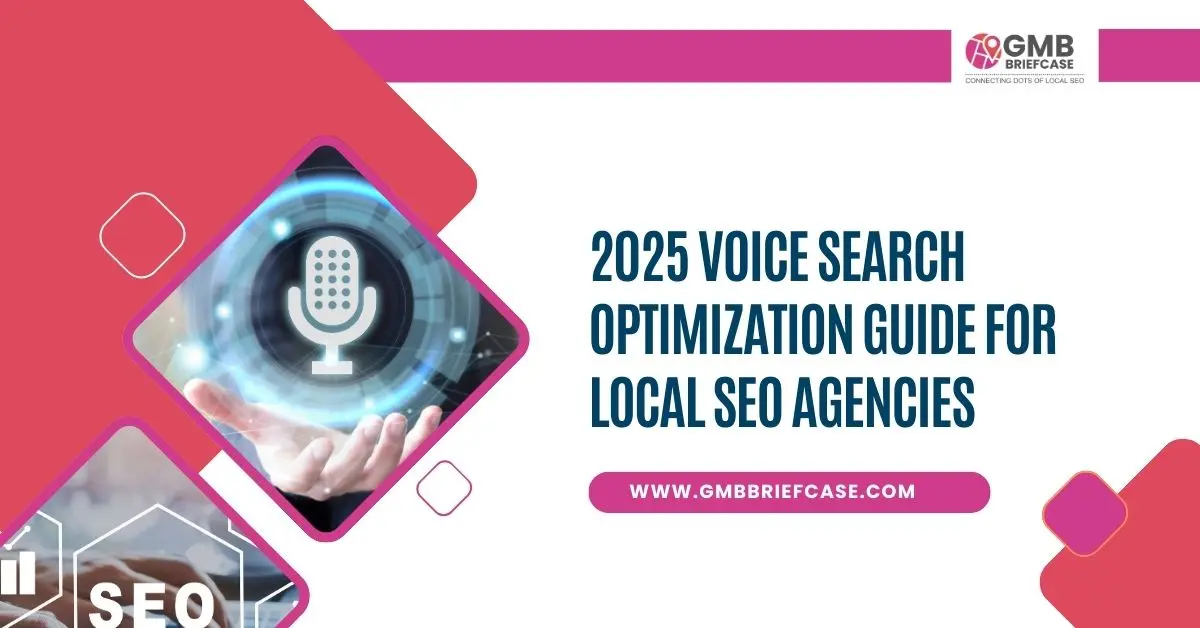
Q3: What role does AI play in voice search optimization?
**A:** **AI** is the backbone of **voice search**. It powers Natural Language Understanding (NLU), allowing assistants to interpret complex spoken queries, understand user intent, and deliver contextually relevant answers. For **SEO** professionals, understanding **AI**’s capabilities means focusing on semantic relevance, conversational content, and structured data, rather than just keyword matching, to help **AI** accurately interpret and surface your content.
Q4: How important is page speed for voice search?
**A:** Page speed is critically important. Voice search users expect immediate answers. If a voice assistant directs a user to a slow-loading webpage, it creates a poor user experience. Google, in particular, prioritizes fast-loading pages in its search results, which directly impacts Google Assistant’s ability to pull answers from your site. A fast website is fundamental for any successful **AEO** strategy.
Q5: Can voice search help my small business?
**A:** Absolutely. For small businesses, particularly those with a local presence, **voice search** is a huge opportunity. Many voice queries have local intent (e.g., “coffee shop near me,” “best mechanic in my town”). By optimizing your Google My Business profile, ensuring consistent local citations, and building positive reviews, small businesses can significantly increase their visibility to local customers using **voice search**, often competing effectively with larger businesses.
Conclusion: Speaking the Language of the Future with AEO and AI
The voice search revolution is not a distant concept; it’s a present reality that is continually reshaping the digital landscape. From the convenience of ordering groceries with Alexa to finding the nearest vegan restaurant with Google Assistant, voice-activated technology, fueled by sophisticated AI, has become an indispensable part of daily life. For businesses and marketers, this shift presents both a challenge and an immense opportunity. Adapting to this vocal paradigm means moving beyond traditional SEO and embracing Answer Engine Optimization (AEO), focusing on providing direct, concise, and contextually relevant answers to user queries.
Mastering AEO for platforms like Alexa, Siri, and Google Assistant requires a deep understanding of conversational language, a commitment to local SEO, meticulous implementation of schema markup, and an unwavering focus on mobile-friendly, fast-loading content. By prioritizing natural language processing, optimizing for featured snippets, and strategically engaging with platform-specific features like Alexa Skills or SiriKit, businesses can ensure their digital presence speaks directly to their audience. The future of digital interaction is conversational, personal, and instantaneous. By embracing the voice search evolution, powered by the continuous advancements in AI, your brand can not only remain relevant but thrive as a trusted, authoritative voice in this exciting new era of digital discovery.
Share this article with your network to help them navigate the future of voice search and AEO!
What is AEO digital marketing?
“The process of creating content that answers user’s browser or channel queries with trusted and reliable responses that ultimately AI Engines serve in results.”
~ MonicaFaye





